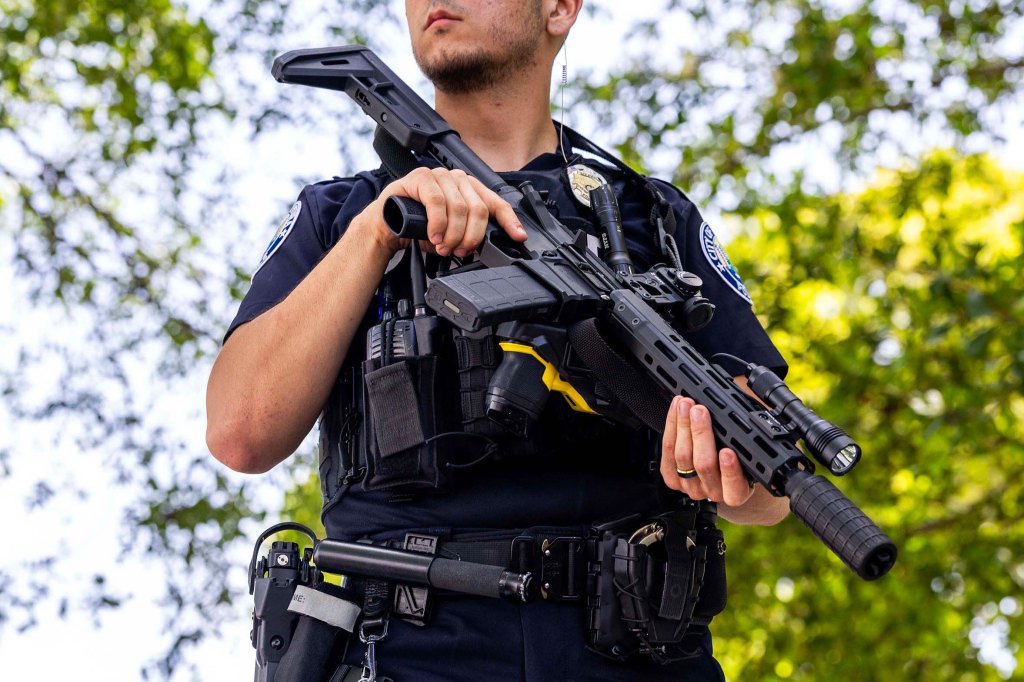In Irvington, New Jersey, a bold idea took shape: use the power of music to confront a devastating crisis. Township officials envisioned concerts featuring R&B stars like Q Parker and Musiq Soulchild as a way to raise awareness about opioid addiction. Over $600,000 was allocated, complete with VIP trailers for the performers and classic carnival treats like cotton candy and popcorn.
This wasn’t a typical community event. It represented a massive influx of funds stemming from landmark legal settlements. Over a dozen companies responsible for selling prescription painkillers are collectively paying state and local governments upwards of $50 billion – a sum intended to combat the very addiction they fueled. The hope was to avoid the pitfalls of past settlements, like the Tobacco Master Settlement, where promised funds for anti-smoking programs largely vanished.
But the definition of “combating addiction” proved surprisingly fluid. While settlements outlined suggested uses, significant leeway remained, sparking debate over what truly constitutes responsible spending. Irvington officials defended their concerts, arguing they reduced stigma and connected people to treatment. However, the state Comptroller swiftly labeled the events a “waste” and “misuse” of funds born from immense tragedy.

This clash isn’t isolated. Across the nation, disputes are escalating as governments begin to deploy settlement money, all while facing cuts to vital federal grants and Medicaid funding – the primary payer for addiction treatment. A year-long investigation by KFF Health News and researchers at Johns Hopkins and Shatterproof sought to understand where these billions are actually going.
The result is a comprehensive database, tracking over 10,500 spending decisions made in 2024. Nearly $2.7 billion has been spent or committed, with the largest portions directed towards crucial areas: $615 million for treatment, $279 million for overdose reversal medications, and $227 million for housing programs for those struggling with substance use. But the database also reveals a troubling pattern of questionable expenditures.
Beyond essential investments, funds have been allocated to items like law enforcement gear – including night vision equipment – and prevention efforts of dubious value, such as hiring a drug awareness magician. In some cases, the money is simply used to cover basic government services, like firefighter salaries. Approximately 20% of the funds remain untrackable through public records, adding to the opacity.
The database isn’t a perfect accounting. Reporting inconsistencies and a lack of transparency in some jurisdictions limit the full picture. However, it serves as a vital counterweight to secrecy and confusion surrounding these funds. Roughly 9% of trackable spending – over $237 million – went towards broad prevention efforts, including the Irvington concerts and other community events.
Many of these initiatives drew criticism from researchers. In Connecticut, one town hosted a 1950s sock hop, encouraging kids and seniors to pledge drug-free lives. Another organized a mixed martial arts demonstration featuring a fighter sharing his addiction story. In West Virginia, $60,000 was spent repairing a school track. Experts like Linda Richter of the Partnership to End Addiction found “no evidence” to support the effectiveness of such approaches.
Elected officials often favor these events because they offer visible action, a chance to “announce to the community that you did something.” But without integration into larger, evidence-based initiatives – like mental health screenings or support for struggling families – their impact is likely minimal, diverting resources from strategies “that we do know work.”
School assembly speakers proved popular, with towns spending thousands on speakers like former basketball star Chris Herren to share his addiction story. While emotionally impactful, researchers questioned the mixed messages conveyed by celebrities who achieved success despite past struggles. Many local officials admitted their spending wasn’t guided by evidence, but driven by good intentions and a lack of clear direction.
In Irvington, the state Comptroller demanded the township repay the funds spent on the concerts, arguing they were inappropriate. He suggested the events were essentially political rallies for the mayor. Irvington officials vehemently disagreed, citing the distribution of overdose reversal medications and reports of individuals seeking treatment at the concerts. However, the research they presented to support their claims was questionable, including studies conducted in Ghana and a graduate thesis.
As these disputes continue, those impacted by the opioid crisis emphasize the profound moral weight of these settlements. Addiction medicine doctor Stephen Loyd, himself a recovering opioid addict, calls the money “blood money,” born from unimaginable loss. He questions how officials can face families if these funds aren’t used to prevent further devastation.
These funds represent more than just dollars and cents; they embody the lives lost and the families shattered by the opioid epidemic. The choices made in allocating these resources will determine whether they truly serve as a lifeline for those struggling with addiction, or become another missed opportunity in a decades-long crisis.






